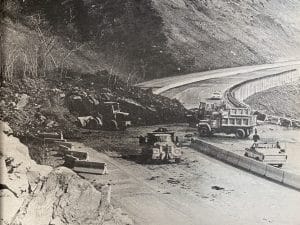Eagle County airport is part of a study evaluating potential of electric air taxis
Electric aircraft show promise, but will first see use in urban environments
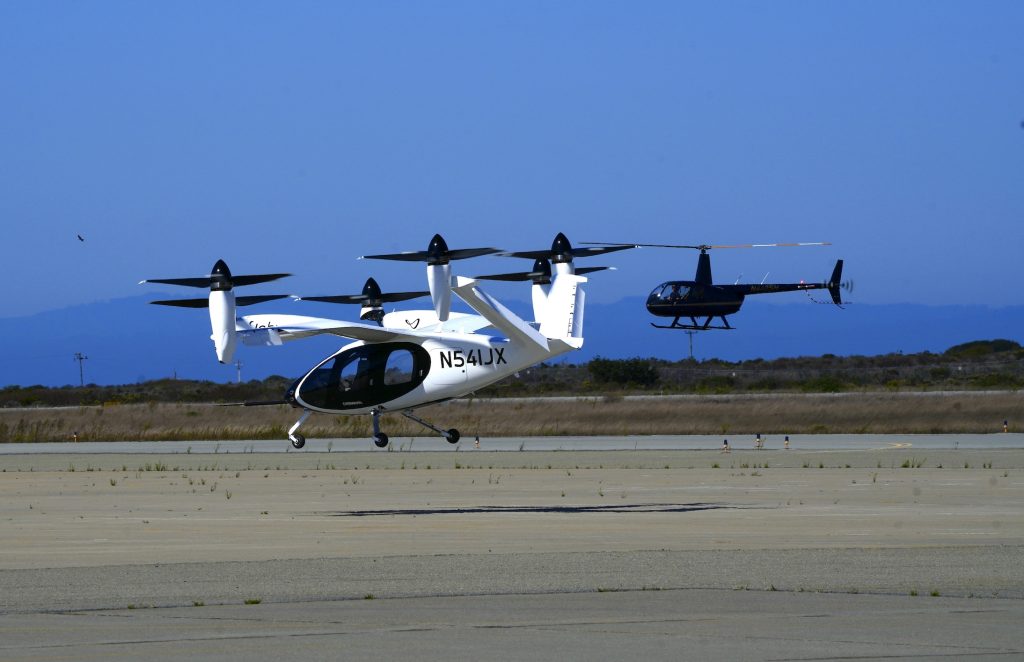
Terry Chea/AP
An electric-powered air taxi seems like something out of a “future of travel” piece from a 1960s issue of “Popular Science” magazine. The future is closer than you think, and the Eagle County Regional Airport is playing a role.
A study from the American Association of Airport Executives is now a couple of years old, but the work on electric-powered air taxis continues — electric Vertical Takeoff and Landing aircraft in aviation vernacular. The Vertical Flight Society published a “reality index” listing several companies raising and spending billions from big players in the transportation industry, including Toyota, Honda and Boeing. The U.S. Department of Defense also has an interest in the technology. Joby Aviation, which has investment from Toyota and the Defense Department, has a current market capitalization of nearly $5 billion.
Eagle County’s place in the study is along with Eugene, Oregon, as “small and non-hub” airports.
Josh Miller, Eagle County’s deputy director of aviation, said the national airport executives’ group was looking for a smaller airport to study, and Eagle County Aviation Director David Reid is a longtime, active member.
The study notes Eagle County’s strong tourism market and high volume of private aircraft customers.

Support Local Journalism
“These customers can be expected to be first in a market that values time-savings and access,” the study notes. Those customers are also likely to find that using transportation options such as electric air taxis for the final leg of their journey an attractive option. That journey could be made much quicker by using an air taxi.
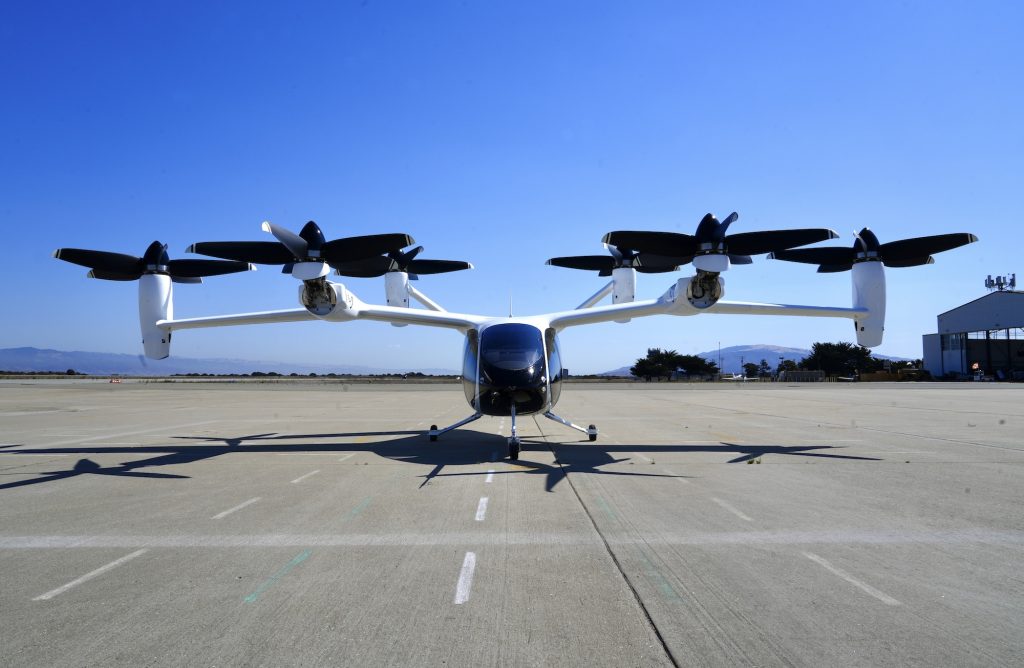
The website of Joby Aviation—which could be in commercial operation by the end of 2026—claims an air taxi from a downtown heliport to JFK airport takes seven minutes versus 49 minutes via ground transport.
Miller acknowledged that large urban areas would be the first places the air taxis have a chance to be commercially viable, flying from suburban areas to downtown hubs or downtown hubs to airports.
And, he noted, an air taxi in its early days based at Eagle County could only operate in the spring, summer and fall, and only on crystal-clear days.
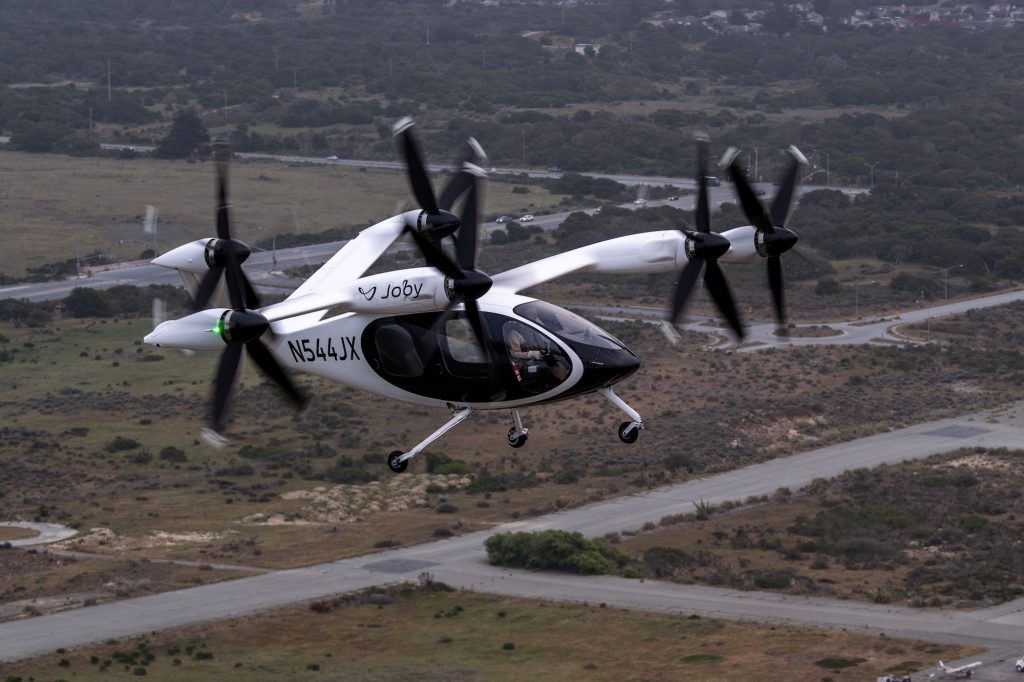
Battery limits
The problem, he noted, is current limits on battery technology.
Colder temperatures, even temperatures cut by increases in elevation, shorten battery life. At Eagle County’s elevation, that would limit air taxi operation to just radios. Even standard avionics would have to be sacrificed in the name of saving weight. De-icing would further hamper battery efficiency
That means taxis would be limited to “visual flight reference” only, with even basic instrumented flights a no-go.
Miller estimated it would be a “decade, if not longer” before technology advances enough to allow instrumented flights with passengers.
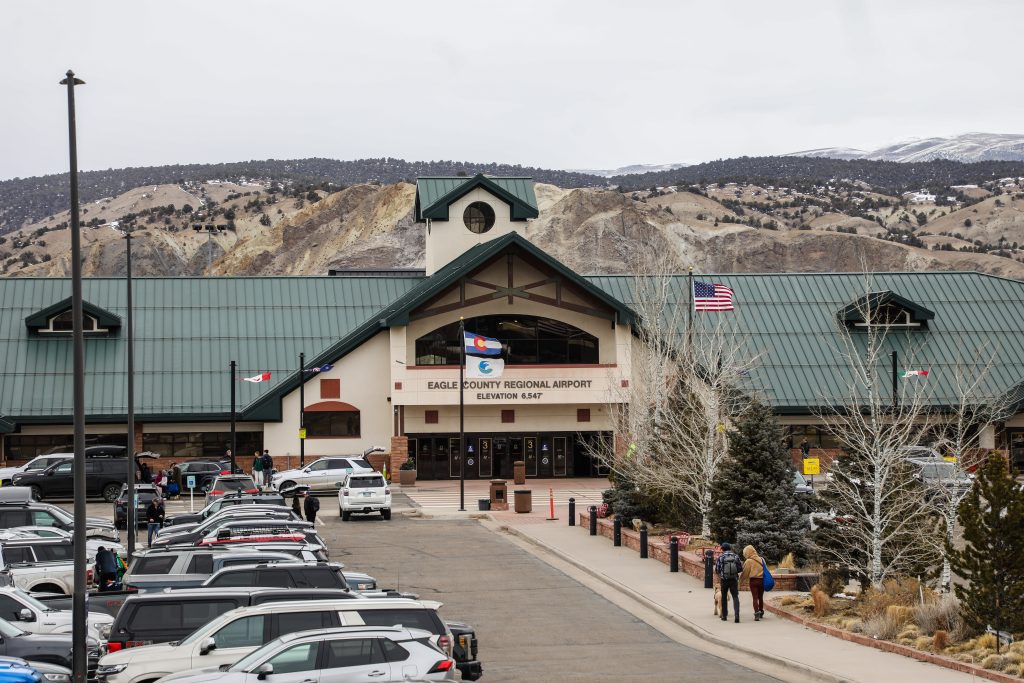
“We think somebody could be successful with a business here if they had another operation elsewhere,” Miller said. A Denver-based operation might be an option, he added.
The other problem is the tremendous amount of electricity needed to recharge the aircraft for quick turnarounds. Miller said one aircraft needs a full megawatt of power for those quick turnarounds.
While county officials have assurances from Holy Cross Energy that there’s enough power at a substation across Cooley Mesa Road to power two quick-charge stations right now, “It’s insane how much electricity those things are going to need,” Miller said. But as more electrification comes online, “We’re going to have to figure out the grid.”
So the future is still in the future when it comes to air taxis. But unlike those old magazine stories, the future for this may almost be in sight.






